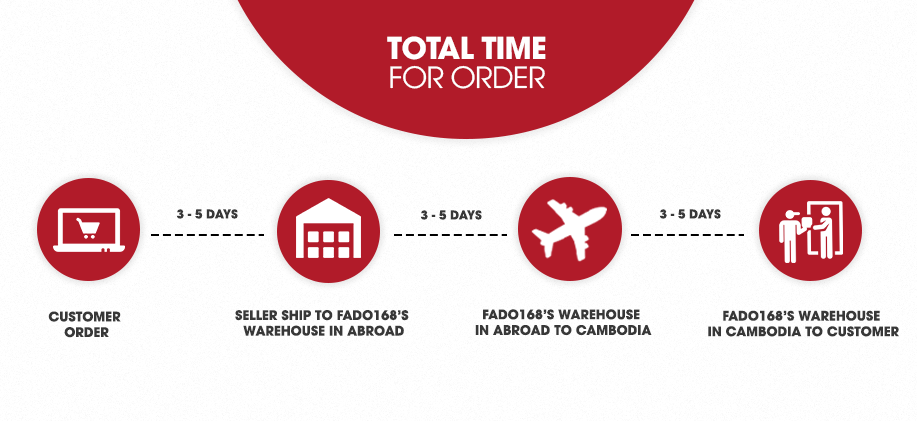Red corundum, also called ruby, is an aluminum oxide with a hardness of 9 on the Mohs scale. The durability of this gem makes it an ideal choice for rings and other jewelry that will see heavy use.
Corundum is one of the most important gemstones in the world. It can be found in a variety of colors. Corundum occurs in nature in two primary crystalline forms: alpha corundum (or sapphire) and beta corundum (or ruby). The different forms have different properties: sapphires tend to be hard and transparent while rubies are softer and more translucent.
Due to its simple chemical makeup, corundum has been produced synthetically since 1837, and gem-quality synthetic corundum entered the marketplace in the early 1900s. All colors can be produced synthetically, and huge sizes (more than 100 carats!) can also be achieved using Czochralski's Drawing Method.
This process of growing corundum crystals involves taking the necessary oxide components for gem corundum (e.g., Al2O3, Fe2O3, TiO2, Cr2O3) in powdered form and melting them together in a hot content that is just barely over the crystallizing temperature. A rod with a small corundum seed crystal is lowered into the molten material and then very slowly removed. As the crystal is raised above the nutrient-rich molten mixture a small amount of corundum is formed at the interface between the seed crystal and the molten mixture. As the rod is slowly pulled upwards, new corundum continually grows below!
Synthetic stone, as expected, is considerably cheaper than natural stone.


